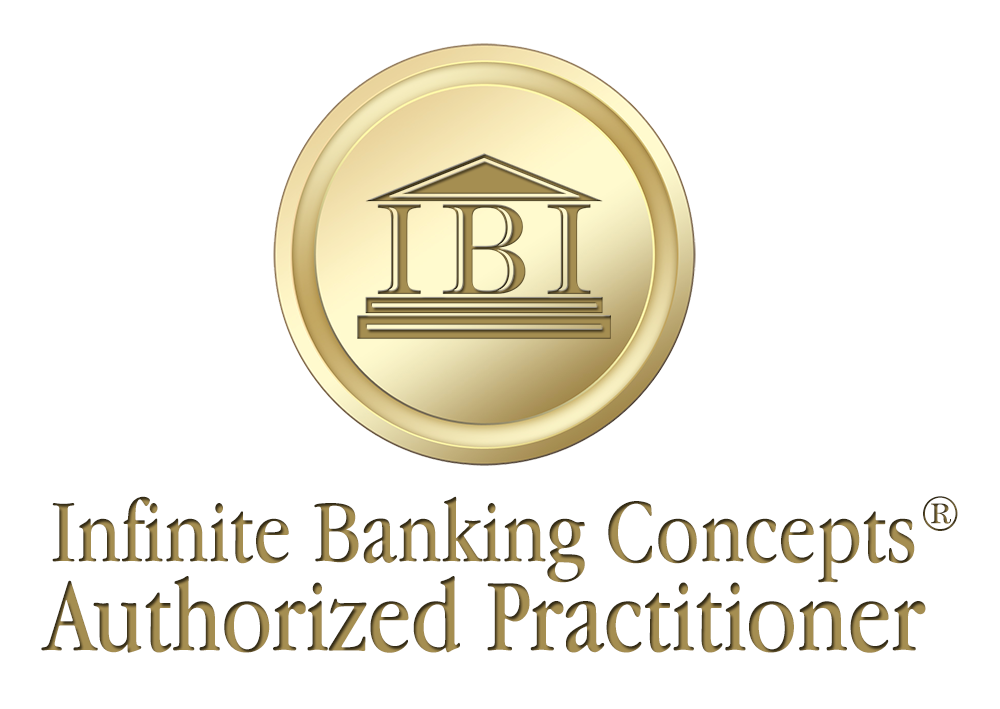“BACK TO SCHOOL” NOT SO BRIGHT WITH 529 PLANS
This time of year there is a certain shift in the air – the smell, the feel. It means the start of football season, and the start of another school year. With the beginning of a school year comes a little more rigidity in our planning and time management. We give more consideration to what we need to do as parents to help our children be successful. Many of us want to ensure our children have as many options for their future as possible, and view a college education as the best way to increase those opportunities. The number one chosen vehicle for those college savings in the 529 plan.
College financing is no small matter. According to the College Board, the average cost of tuition and fees for the 2015-2016 school year was $32,405 at private colleges, $9,410 for state residents at public colleges, and $23,893 for out-of-state residents attending public universities.
There are essentially four common ways to pay for college; 1) cash 2) loans 3) a state sponsored 529 plan, or the most desirable 4) scholarships. Very few people have enough spare cash to finance our children’s education, so I will spend little time with that method. (However, if you do have cash, or you know someone who does, you need to understand the real cost of paying for college that way; When lost opportunity costs are considered, that could be one of the more expensive ways of getting to wear a graduation gown.)
The second way, taking loans, is probably the most prevalent method of financing college. The problem is, without a clear understanding of how money works, taking loans can also be the most expensive way to earn a diploma. Loans are not inherently bad; the way they are used makes all the difference. In short, education about how money works is critical before attempting to finance an education for your children.
The third way, and one that has gained a lot of popularity recently, is utilizing what is defined by the Internal Revenue as a 529 plan. These plans tout the fact that they allow parents or guardians to “invest” money in a fund where the money then grows tax deferred. Here are four issues you should consider:
First of all, the term “tax-deferred” should cause you to perk up your ears and pay attention. Tax deferred does not in any way, shape, or form mean tax free or tax advantaged. It simply means you will pay taxes (at your income tax rate) on the money, and the growth, at a future time. Any bets on whether tax rates are going up or down in the future?
Second, money inside a 529 is earmarked for education purposes only. You do not get to decide what qualifies; the government gets to tell you what is an allowable expense. If you attempt to take money out for a non-approved purpose, like a pre-mature 401(k) or IRA withdrawal, you will pay a 10% penalty of the total withdrawn in addition to your taxes. Also, if for some reason there happens to be money left over after the child graduates, you still have to pay taxes on it.
What about the child who would best be served by attending a vocational school. Guess what? Not all schools of higher learning are authorized or able to accept 529 money. So if you started out putting money away in a 529 and then later your boy decides to learn auto mechanics, you may be out of luck.
Third, the fees charged by the administrators of 529 plans can take a huge bite out of what would have been available to pay for college. In 27 of the 45 states these fees exceed 1% per year. Some of the States also collect an upfront sales load that can be as much as 10%. Taken together, the cost of owning a 529 plan can be much more expensive that a mutual fund and downright counterproductive to your goal of helping your children get a university diploma.
Fourth, you should be aware that each state hires administrators to invest 529 money according to restrictions set by the individual states. The state can change managers and investment philosophies at any time, without consulting you. Additionally, neither the managers nor the states offer any guarantees on the principle or the growth of the money. Yes, like a mutual fund, you can lose money.
Believe it or not, even scholarships, the fourth way of funding college, can be problematic when parents are not prepared. Let us assume you have a daughter who has a good work ethic and applies herself in school. She has earned a 4.0 GPA, and applied for and received scholarships totaling $20,000. As part of the application process you will be asked to fill out the FAFSA form, a federal form on which you are required to disclose your assets so that the school can determine the “need” your child has for the scholarship they were awarded. Guess what? A sizable 529 account equates to a reduced “need” for a scholarship. As a result, the award is often dismissed entirely. There are strategies that alleviate this problem. (Call us for more information.)
Not to add insult to injury, but the last factor you should consider before opening a 529 plan is protection. As shown with the FAFSA form, a 529 plan is considered an asset – the type of asset that a creditor or a lawsuit could take from you.
How, then, is the best way to finance higher education for your children? If we could show you a better way that would both reduce your tax exposure as well help you have more money in retirement when would you like to talk? If we can help you discover how using a specialized financing tool can increase the benefits you enjoy today would it be worth 45 minutes of your time? We promise not to sell you anything.




Leave a Reply
Want to join the discussion?Feel free to contribute!